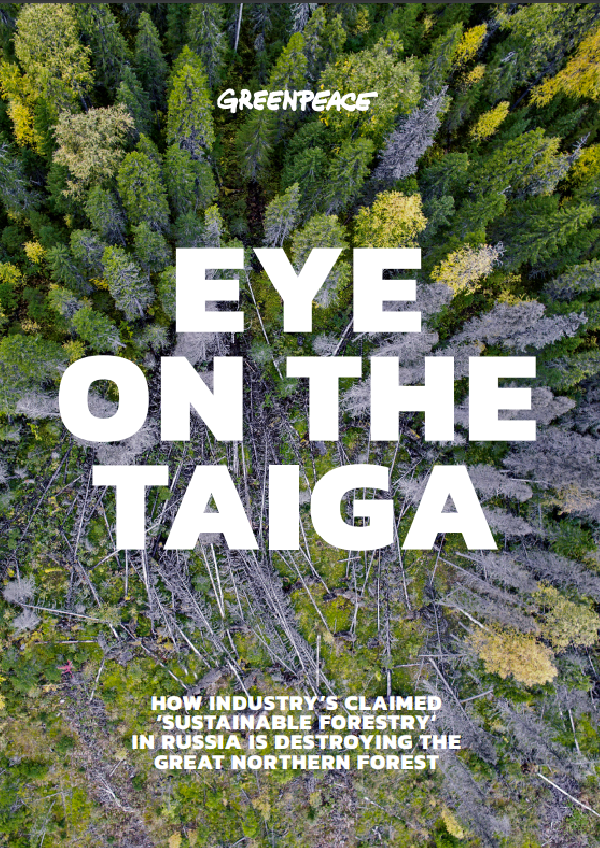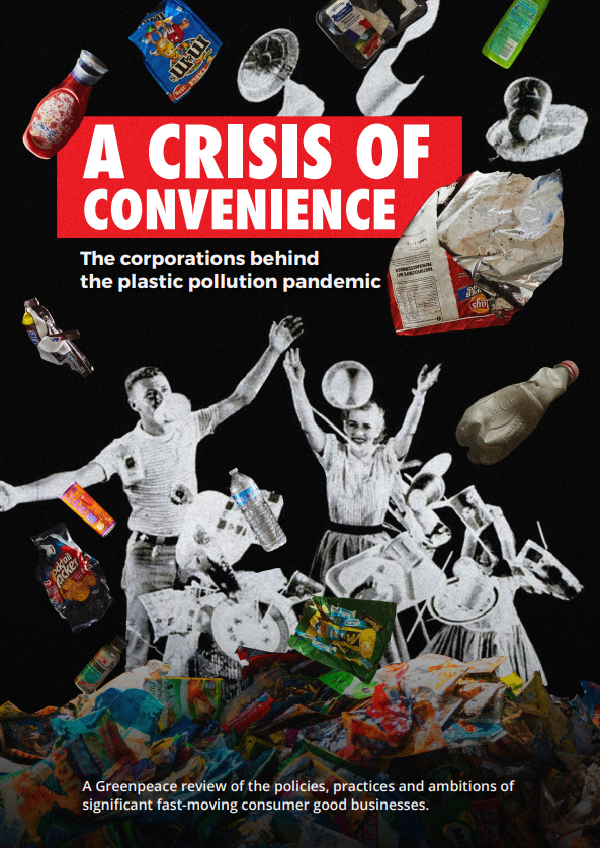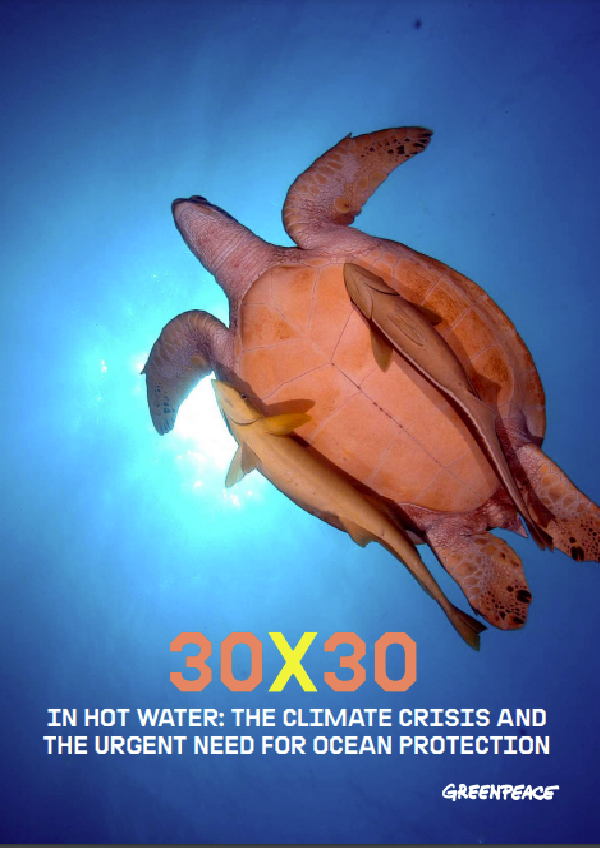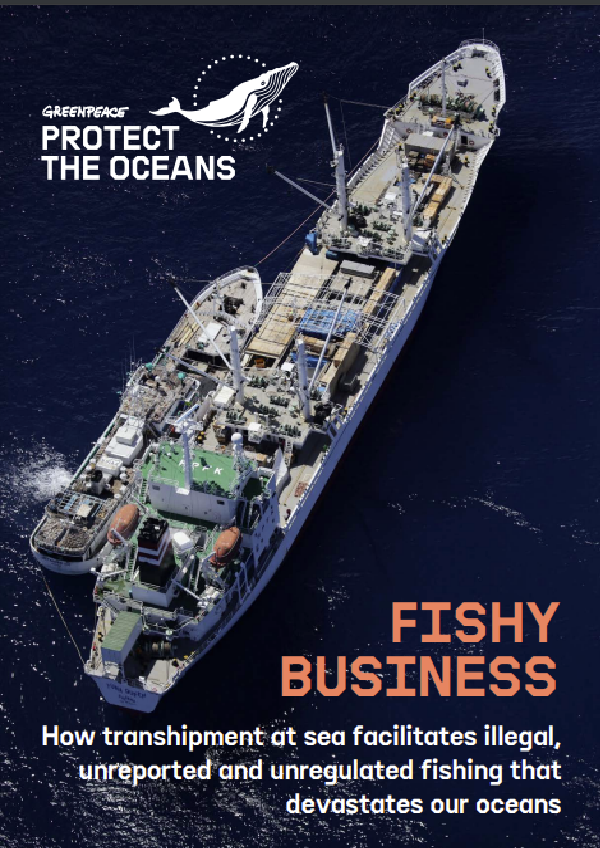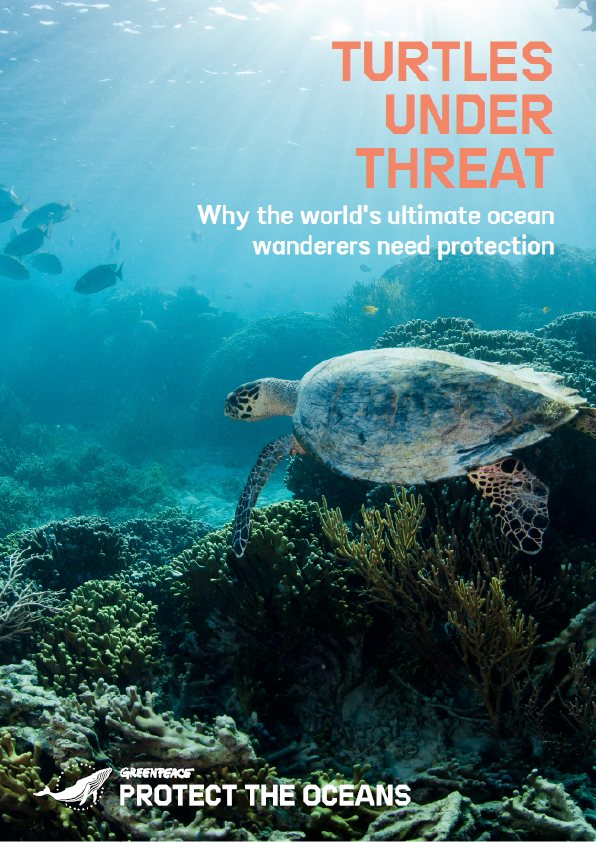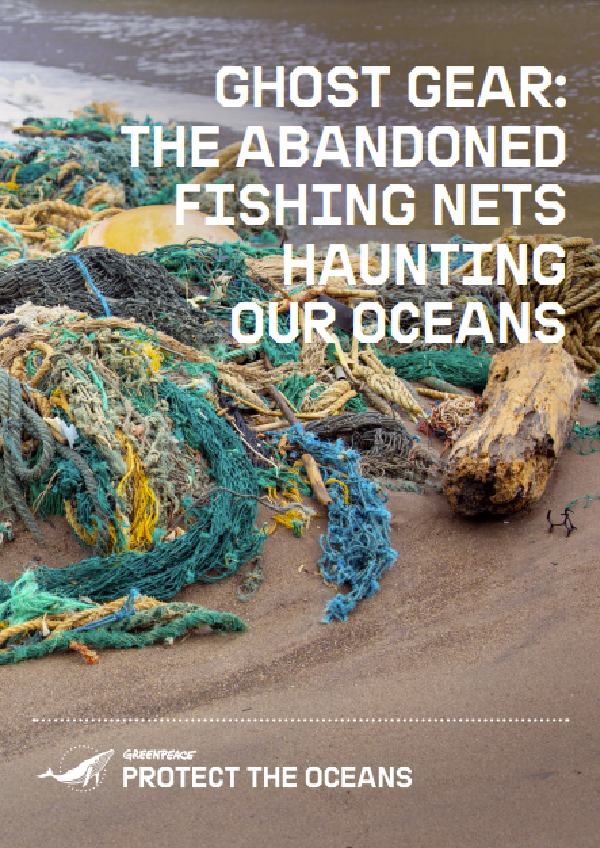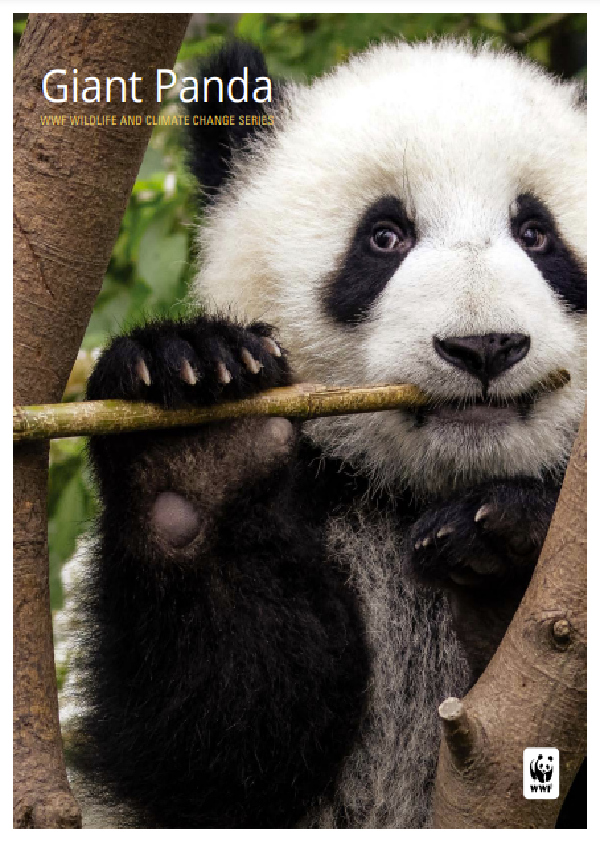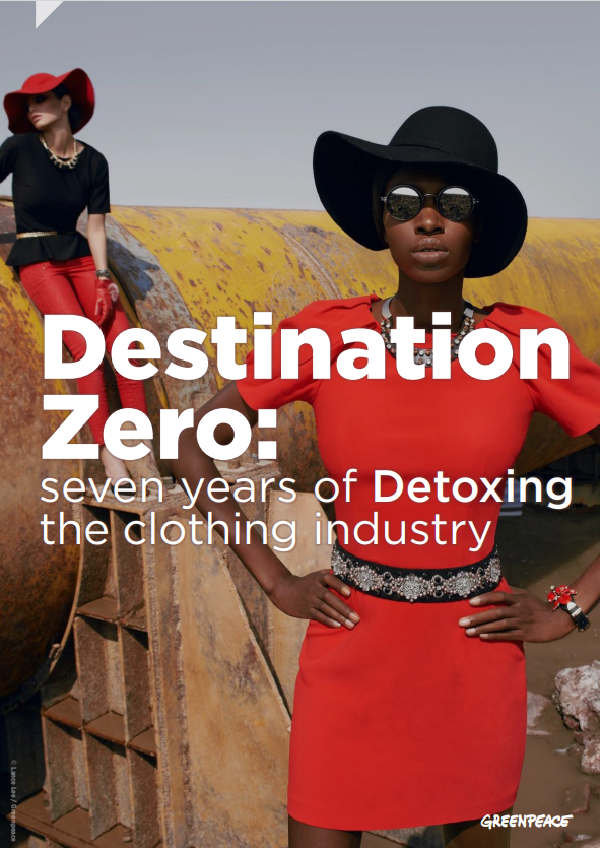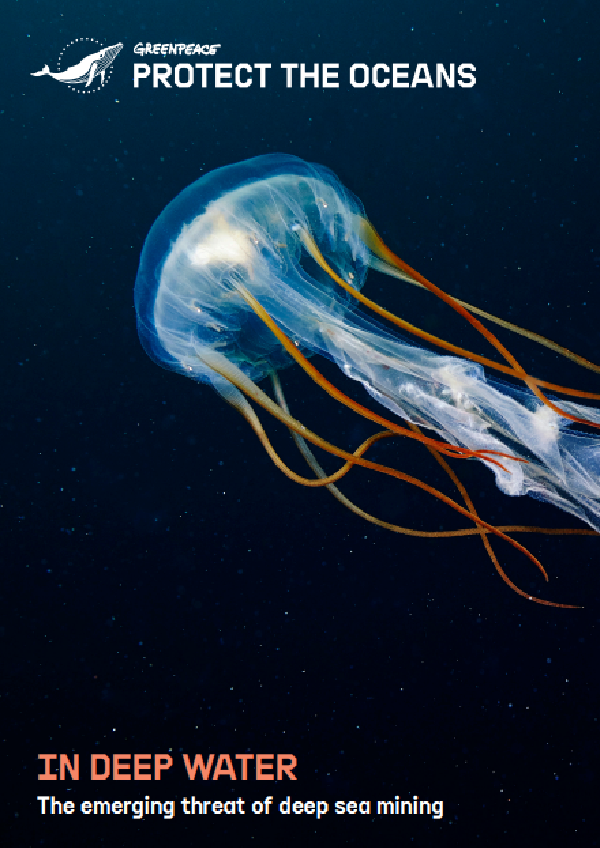Human activities are currently driving species to extinction at a rate 1,000 times the average natural rate over the past 65 million years. Habitat loss, including degradation and fragmentation, is the most important cause of this crisis. We must reduce the rate of habitat loss, and eventually halt it, if we are to protect biodiversity and maintain the ecosystem services vital to human well being.
The boreal forest landscape that rings the subarctic, also known as the Great Northern Forest, represents nearly one-third of the forest left on Earth. Yet, only 2.8% of the Great Northern Forest is formally protected, compared with 27% of the world’s tropical forest and 11.0% of its temperate forest.
The Great Northern Forest includes nearly half the world’s Intact Forest Landscape (IFL) area. Areas of IFLs are lost when the forest is clearcut, deforested or burnt but also when it is fragmented or degraded, since in the latter cases it ceases to be a continuous area of primary forest and so no longer counts as IFL. Between 2000 and 2013 the rate of IFL loss in the Great Northern Forest was around 2.5 million hectares (ha) per year.
The scale of this crisis in the Great Northern Forest can be judged from fact that this rate of IFL loss was over one-and-a-half times the average annual rate of deforestation in the Amazon rainforest for most of the same period.
Some 60% of the Great Northern Forest is located in Russia, where it is known as the Taiga. However, in 2013, less than a quarter of the Taiga remained as IFL. The forest is being carved up into ever smaller fragments by industrial exploitation and wildfires.
Greenpeace calls upon companies to prioritise the protection of Intact Forest Landscapes (IFLs) and other remaining forests supporting High Conservation Value (HCV) across the Great Northern Forest – the boreal forest ecosystem.
Source: Greenpeace (http://www.greenpeace.org)
